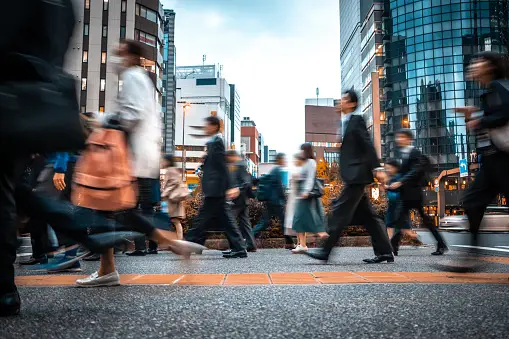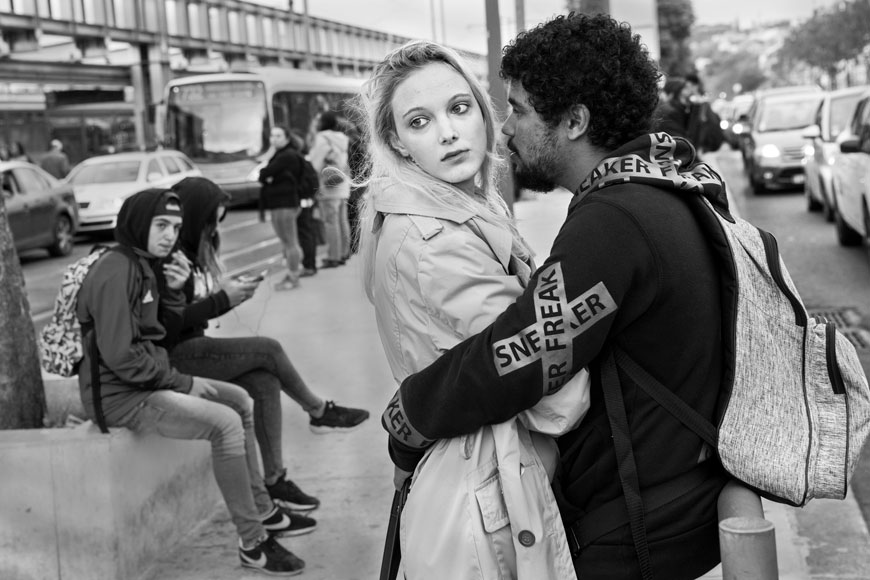The 9-Minute Rule for Street Photographers
The 9-Minute Rule for Street Photographers
Blog Article
The Street Photographers Diaries
Table of ContentsAn Unbiased View of Street PhotographersAbout Street PhotographersSome Known Details About Street Photographers The Facts About Street Photographers UncoveredAll about Street Photographers
, a genre of digital photography that records everyday life in a public place. The actual publicness of the setting enables the professional photographer to take candid pictures of unfamiliar people, commonly without their expertise. Street photographers do not always have a social purpose in mind, but they favor to separate and capture minutes which could or else go unnoticed.He was affected by several of those that affected the street digital photographers of the 1950s and '60s, he was not chiefly interested in recording the spirit of the road. The impulse to visually record individuals in public started with 19th-century painters such as Edgar Degas, douard Manet, and Henri de Toulouse-Lautrec, who worked side by side with photographers trying to capture the significance of city life.
As a result of the fairly primitive technology offered to him and the lengthy exposure time required, he had a hard time to capture the stress of the Paris roads. He try out a series of photographic techniques, trying to locate one that would certainly allow him to catch motion without a blur, and he discovered some success with the calotype, patented in 1841 by William Henry Fox Talbot. In comparison to Atget, professional photographer Charles Marville was employed by the city of Paris to produce an encyclopaedic paper of Haussmann's metropolitan preparation project as it unravelled, thus old and brand-new Paris. While the digital photographers' topic was basically the very same, the results were significantly various, showing the influence of the photographer's intent on the character of the images he produced.
All About Street Photographers
Given the great high quality of his photographs and the breadth of material, engineers and artists typically bought Atget's prints to utilize as recommendation for their very own work, though business rate of interests were hardly his major motivation. Rather, he was driven to picture every last remnant of the Paris he liked. The mingled passion and urgency of his mission luster through, resulting in photos that narrate his own experience of the city, top qualities that anticipated road photography of the 20th century.

Unlike his peers, Brassa utilized a larger-format Voigtlnder video camera with a much longer direct exposure time, forcing him to be a lot more calculated and thoughtful in his practice than he may have been if utilizing a Leica. (It is assumed that he might not have actually had the ability to pay for a Leica at that time, yet he did, nevertheless, use one in the late 1950s to take colour pictures.) Brassa's photos of the Paris abyss lit up by artificial light were a discovery, and the compilation of the collection that he released, (1933 ), was a major success.

How Street Photographers can Save You Time, Stress, and Money.
It is due to this essential understanding of the art of picture taking that he is commonly attributed with uncovering the tool all over once again approximately a century since its development. He took pictures for greater than a half century and influenced generations of professional photographers to trust their eye and instinct in the moment.
These are the inquiries I will try to address: And then I'll leave you with my own meaning of road photography. Yes, we do. Allow's start with specifying what a meaning is: According to it is: "The act of specifying, or of making something precise, distinct, or clear".
No, certainly not. The term is both restricting and misinforming. Sounds like a street photography ought to be pictures of a streets ideal?! And all street professional photographers, other than for a handful of outright novices, will completely value that a street is not the crucial component to street photography, and actually if it's a article source picture of a road with possibly a couple of uninteresting individuals not doing anything of interest, that's not street digital photography that's a photo of a street.
Top Guidelines Of Street Photographers
He makes a legitimate point don't you think? While I concur with him I'm not sure "honest public photography" will certainly catch on (although I do kind of like the term "honest photography") since "road digital photography" has been around for a long time, with many masters' names affixed to it, so I think the term is below to navigate to this website stay. Street Photographers.
You can shoot at the coastline, at an event, in an alley, in a park, in a piazza, in a coffee shop, at a museum or art gallery, in a city terminal, at an event, on a bridge, under a bridge ...
4 Simple Techniques For Street Photographers
Yes, I'm afraid we scared no choice! Without rules we can here are the findings not have a meaning, and without an interpretation we don't have a category, and without a category we do not have anything to define what we do, and so we are stuck in a "guidelines interpretation genre" loophole! - Street Photographers

Report this page